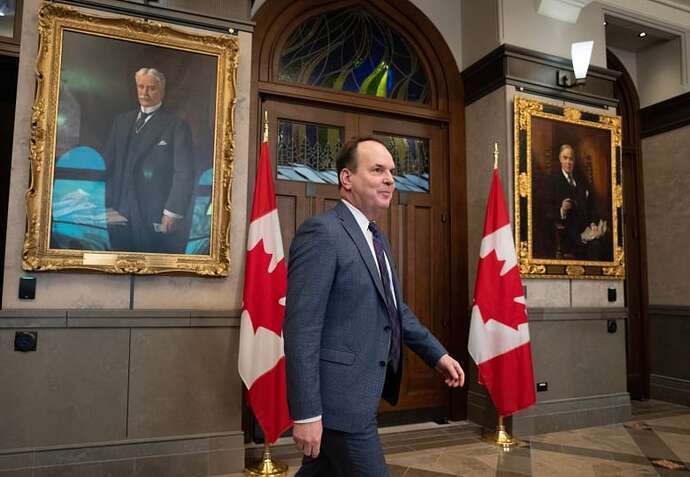Canadian National Railway, one of Canada’s two main rail companies, formally notified the Teamsters union in Canada on Sunday that it would start locking out union workers early on Thursday.
“Unless there is an immediate and definite resolution to the labour conflict, CN will have no choice but to continue the phased and progressive shutdown of its network which would culminate in a lockout,” it said in a statement.
“Despite negotiations over the weekend, no meaningful progress has occurred, and the parties remain very far apart.”
Canada’s other main rail operator, Canadian Pacific Kansas City, has already told the Teamsters union it will start locking out members early on Thursday. This means the vast majority of rail transit of goods in Canada would grind to a halt by Thursday, barring last-minute labour agreements between the companies and their respective arms of the Teamsters’ union.
Separately, Teamsters also issued a 72-hour strike notice to CPKC late on Sunday.
“Unless parties reach last-minute agreements, a work stoppage will occur at 00:01 on Thursday, August 22,” it said in a statement.
The companies and the union accuse each other of bad faith in the talks. The teamsters say CN Rail and CPKC are seeking concessions that could endanger worker safety, a charge both the operators deny.
Both CPKC and Canadian National Railway Co. have been halting shipments in preparation for potential work stoppages by a combined 9,300 workers at the two railways.
Why are both companies poised to stop?
Contract talks between the Teamsters union and the companies usually take place a year apart, but in 2022, after the federal government introduced new rules on fatigue, CN requested a year-long extension to its existing deal rather than negotiate a new one.
This meant both companies’ labour agreements expired at the end of 2023 and talks have been ongoing since. As a result, for the first time, the failure of negotiations would halt the vast majority of the Canadian freight rail system.
What is likely to happen next?
CPKC, created in 2023 through a merger of Canadian Pacific and Kansas City Southern, has a U.S. and Mexican network which it says will operate normally. CN also says trains on its U.S. network will run.
That said, a strike will still lead to shipment disruptions south of the border. Both rail operators and some of their U.S. competitors have begun to refuse certain cross-border cargoes that would rely on the CN and CPKC networks.
The railways move grain, autos, coal and potash, among other shipments.
What are the sides arguing about?
The union says CPKC wants “to gut the collective agreement of all safety-critical fatigue provisions,” meaning crews will be forced to stay awake longer, boosting the risk of accidents.
CPKC says its offer maintains the status quo for all work rules, “fully complies with new regulatory requirements for rest and does not in any way compromise safety.”
The Teamsters say CN wants to implement a forced relocation provision, which would see workers ordered to move across Canada for months at a time to fill labour shortages.
CN says it has made four offers this year on wages, rest, and labour availability while remaining fully compliant with government-mandated rules overseeing duty and rest periods.
What can the federal government do?
Under article 107 of the federal labour code, Labour Minister Steven MacKinnon has broad powers and can order the sides to enter binding arbitration. In 2023, his predecessor, Seamus O’Regan, issued such an order to end a dockworkers strike in British Columbia. In that case, unlike the current rail dispute, the sides had largely agreed on the outlines of a deal.
MacKinnon rejected a request last week by CN for binding arbitration, urging the sides instead to put in more effort at the negotiating table.
Newly appointed Labour Minister Steven MacKinnon called parties to Ottawa earlier this month in a bid to speed up negotiations. (Adrian Wyld/The Canadian Press)
The current Liberal government has shown little interest in such a move in past disputes, preferring the sides to focus on negotiations. A complicating factor is that Prime Minister Justin Trudeau’s government is being kept in power by the left-leaning New Democrats, who have traditionally enjoyed strong union support.
